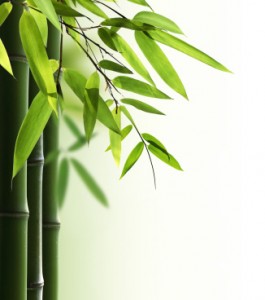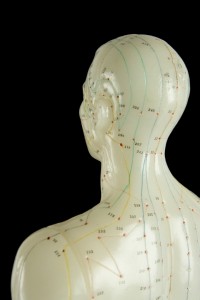What will happen during my first visit?
We will review your symptoms and health history. I will also do a brief physical exam including checking the pulses in your wrist, and examining your tongue, and checking for tightness or pain in your abdomen and other parts of your body.
How does acupuncture work?
Needles are inserted into the skin at specific points on the body, head, arms or legs. These acupuncture points are places where the “qi” (pronounced chee) or vital energy of the body flows in specific pathways. Blockage of this energy flow may cause pain or other symptoms. Acupuncture restores the correct flow of this energy and the body’s ability to heal itself.
Medical research into how acupuncture works on a biological level is still ongoing, but it has been found that acupuncture can cause the release of endorphins (the body’s natural pain killers), can stimulate the immune system, and can influence the nervous system.
Is acupuncture safe?
Only sterile, single-use disposable needles are used in your treatment. Acupuncture is safe when performed by a licensed, well-trained practitioner.
Does it hurt?
You may feel a mild pinch, dull sensation, or sensation of heaviness or warmth when the needles are inserted. The needles may be gently stimulated during the treatment. Many people who are hesitant about the use of needles actually find acupuncture a relaxing experience.
What should I wear?
It is best to wear loose-fitting clothes to your appointments.
Any other suggestions?
It is usually best to have a small meal before your appointment. This provides energy to move the qi to aid in the healing process. It is best to avoid strenuous exercise or alcohol for several hours before a treatment.
How long does an appointment last?
First visits take approximately 90 minutes. Follow-up appointments are about an hour.
How many sessions are required?
Each person responds to treatment differently. Acute symptoms may be resolved in one or two treatments. Chronic problems may require longer-term treatment. Many patients return periodically for maintenance and preventive care.
You can help your healing and continued health by actively participating in your own recovery. During your appointment, we will discuss diet and exercise that can help you attain your health goals. You will be shown acupuncture points that you can press or massage to continue your treatment at home. Small magnets or metallic balls can also be placed on the skin for several days to continue the stimulation of the acupuncture points.
 What is the difference between Chinese and Japanese acupuncture?
What is the difference between Chinese and Japanese acupuncture?
The style of acupuncture used depends on your condition, needs and preference. Japanese acupuncture tends to use fewer and thinner needles, a shallower insertion, and gentler stimulation than Chinese style acupuncture. Japanese acupuncture may also use tools to stimulate the points without needle insertion. A teishin (literally “touching needle“) is a blunt needle that is an example of such a tool.
Non-insertive techniques, tui na and magnets may be most appropriate for children or sensitive individuals.
Shakuju is a specific form of Japanese acupuncture therapy developed by Master Shoji Kobayashi that does not use needle insertion. It is based on traditional Japanese medicine and is a method of balancing the entire body.
